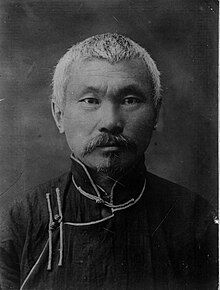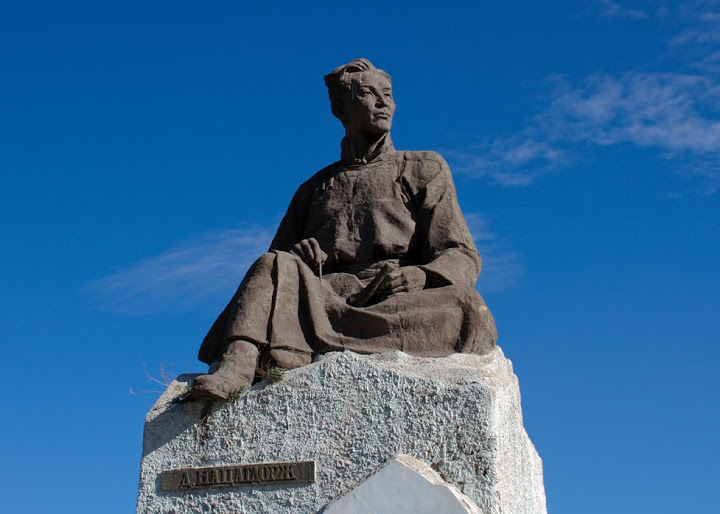Several years ago, we got a cat. It was the cutest
mousetrap I could find. My daughter gave me three name choices she wanted to go
with: Marina, Melissa, and Morocco. The first two, while nice names for girls,
are not names I would give my cat. So, Morocco it was. Since then, the kids
have had this interest with the country of Morocco. For me, I’ve been
interested in it since I was a kid, and my best friend at the time told me her
grandmother visited Morocco. I asked why, and she showed me some photos, and it
was beautiful. And those couple of photos changed my view.
 |
| Morocco, the cat, warming her booty on the vent. |
Morocco is located in the northwestern corner of
Africa, surrounded by Algeria to the east and Western Sahara to the south. The
Atlantic Ocean covers its western side. Morocco is also just across the Strait
of Gibraltar from Spain and Gibraltar (it’s only about 8 miles across between
Morocco and Gibraltar). There are a few enclaves that belong to Spain; the
major ones are Ceuta and Melilla. Smaller ones include Peñón de Vélez de la
Gomera, Peñón de Alhucemas, and the Islas Chafarinas. The island of Perejil
near Ceuta is disputed between Morocco and Spain. The nearby city of Tangier is
the oldest city in Morocco. The Rif Mountains run along the northern coast
while the Atlas Mountains run down its backbone until it comes to the Sahara
Desert in the south. Morocco has a diverse climate to match its diverse
landscape. Its mountain ranges lead to cooler, drier climates with snowfall and
skiing (and the record cold temperatures for Africa at -11ºF). There are also
forested areas, coastal plains, Mediterranean climates, and desert, which all
contribute to its biodiversity.
Way a long time ago, Morocco didn’t quite look the
way we see it today. It was far less arid for one thing; the Sahara used to be
quite smaller. Scientists have made links between some of the original people
here with Cro-Magnons and others in Europe; mitochondrial DNA evidence shows
similarities between the Berbers and the Saami (of Scandinavia). When the
Phoenicians began to explore the Mediterranean coast of North Africa, they
began to establish communities everywhere they landed. Around this time,
Morocco was part of the Kingdom of Mauretania (not to be confused with
Mauritania the country). As the Roman Empire expanded, Morocco was swept up in
their territory as well. During the 7th century, the Islamic Empire
made its way across northern Africa, and the Berbers adopted their religion and
ways of life. However, they did keep many of their own customary laws as well. From
about the 11-15th centuries, the Berbers went through several
dynasty changes, dealing with migration, warring states, and famine. Morocco
was actually the first state to recognize the United States’ independence. They
even declared protection for American merchant ships from Barbary pirates.
France had its eye on Morocco and began to make the moves. However, Spain still
wanted to hold onto Ceuta, and France wasn’t trying to hear it; often course,
they fought for many years over which areas of Morocco they were going to take.
Moroccans fought on the side of the French during WWI and WWII, and alongside
the Spanish Nationalist Army during the Spanish Civil War. During the early
1950s, France ousted Sultan Mohammed V and put in the guy no one hardly wanted,
Mohammed Ben Aarafa. That set everyone off in violent protests. Mohammed V
finally returned, France ended the protectorate, and Spain gave up its
territories except for the few enclaves it still has. The Polisario movement
began during the early 1970s to encourage the independence of Spanish Sahara.
After some political movements, Spain peaced out, and the land became known as
Western Sahara. It’s jointly “governed” by Morocco and Mauritania, and Algeria has
had its problems with this arrangement, which led to several conflicts and cold
shoulders throughout the decades. There have been efforts in recent years to establish
its independence, but the Polisario has rejected the proposals. In the past
couple of decades, Morocco has had some problems with homegrown terrorists; a
handful of Moroccans were responsible for the 2003 Madrid train bombings and a
number of other violent acts.
Although Casablanca is the largest city and
namesake of the 1942 movie Casablanca,
the capital is actually Rabat. This city is located at the mouth of the Bou
Regreg River, along Morocco’s Atlantic coast toward the northern part of the
country. Across the river is its partner city Salé. It’s not one of the main
ports, but it’s also the center for commerce, government, and has a number of
sports venues, theatres, museums, and shopping centers/markets. With its modern
architecture and infrastructure, it’s no wonder why this World Heritage Site
ranked second on CNN’s “Top Travel Destinations of 2013.”
Morocco was ranked number one at one time among
African countries when it comes to quality of life (now they rank fifth, but
that’s still pretty decent). Since they began to privatize certain economic
sectors that used to be controlled by the government, they rose to become the 5th
strongest economy by GDP in Africa. Because tourism is such a high economic driver,
the services sector makes up the largest portion of jobs. Textiles,
telecommunications, and information technology are other fields that strengthen
Morocco’s economy.
Nearly all Moroccans are Muslim (about 99% of the
people). Sunnis make up about two-thirds of Muslims, and non-denominational
Muslims making up just less than a third. There is a small number of Christians
in Morocco, mostly Roman Catholic with some Protestant denominations mixed in.
In the larger cities (Casablanca, Rabat, Marrakesh), small Jewish communities
surround some of the few temples in the country.
Morocco has two official languages: Arabic and
Berber. Some 90% communicate in Moroccan Arabic, especially using the dialect
known as Darija. The Berber spoken in Morocco has three main dialects: Central
Atlas Tamazight, Tarifit, and Tashelhit. Because of Morocco’s past dealings
with France, French is still used often as a second language. In fact, it’s
still used in the media, many governmental offices, and medium/large businesses
will still use French for ease in the international business community. And
because of their close ties to Spain throughout its history, Spanish is also
spoken, especially in the some of the northern regions and in the south where
the Spanish occupied Spanish Sahara. English is the top foreign language
studied in school.
There are so many cool things about Morocco, that
it would be hard to list them all here. But here are just a few: 1) the first
time I heard of the city of Marrakesh was in an episode of the British show Absolutely Fabulous; apparently the city
is famous for its markets. 2) The oldest university in the world is often
attributed to the city of Fes. 3) Morocco is known for its large production of
hashish. The term reefer is named after the Rif Mountains where most of it is
grown. 4) To Moroccans, the liver is associated with love, not the heart. 5) Morocco
has been used as a haven for artists, writers, musicians, and other foreigners
who have been attracted to its Mediterranean climate and beautiful scenery. And
I look forward to learning more about what drew them here.
Up next: art and literature

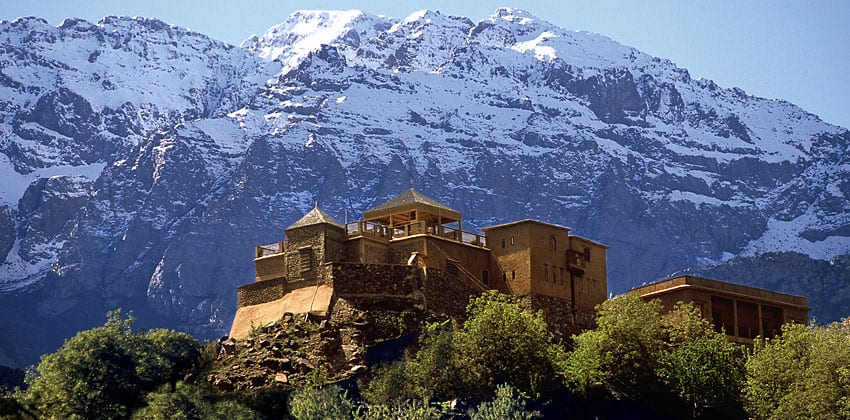


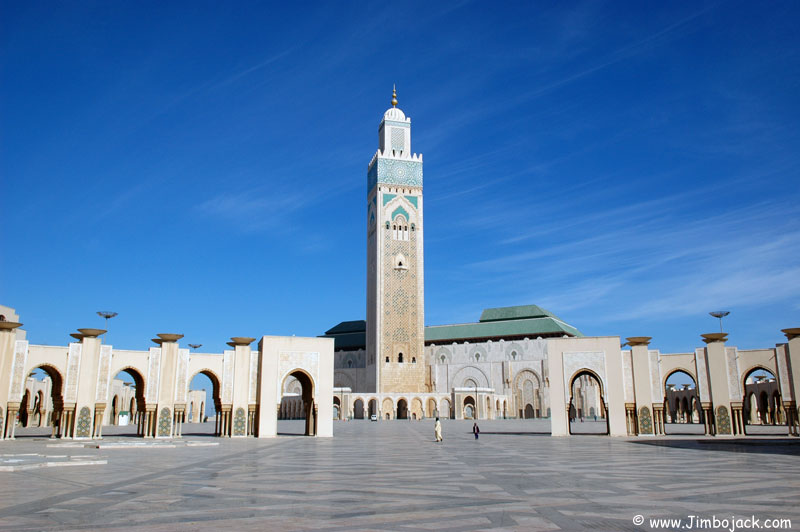












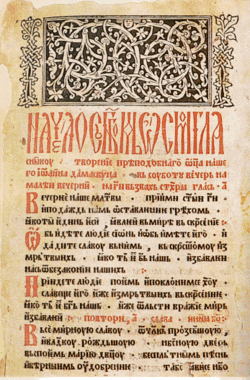



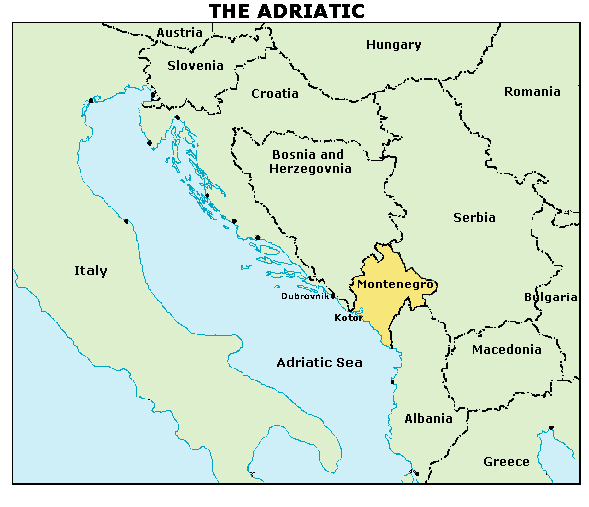

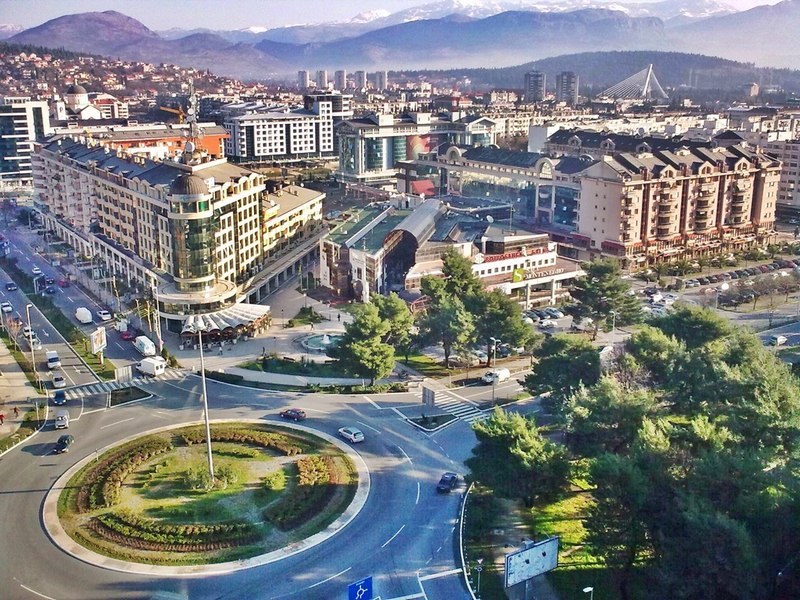

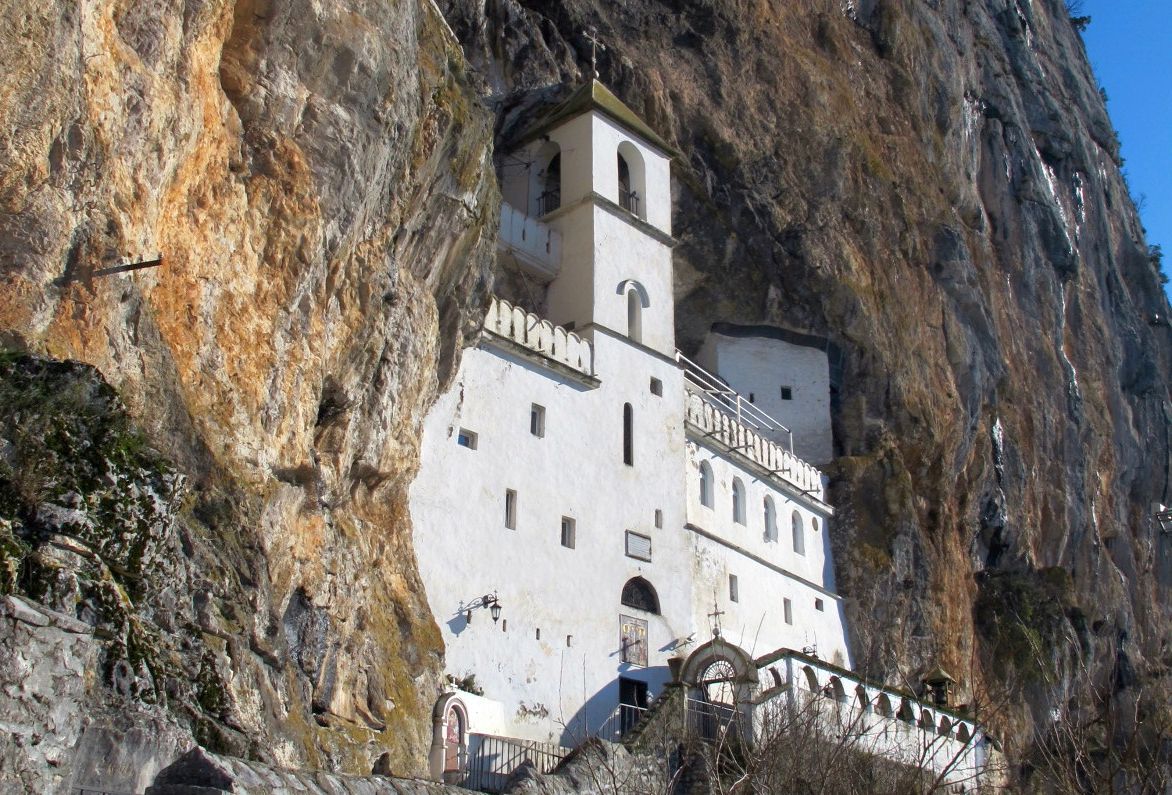








.jpg)


